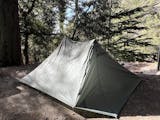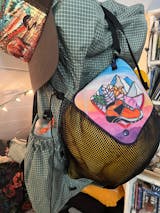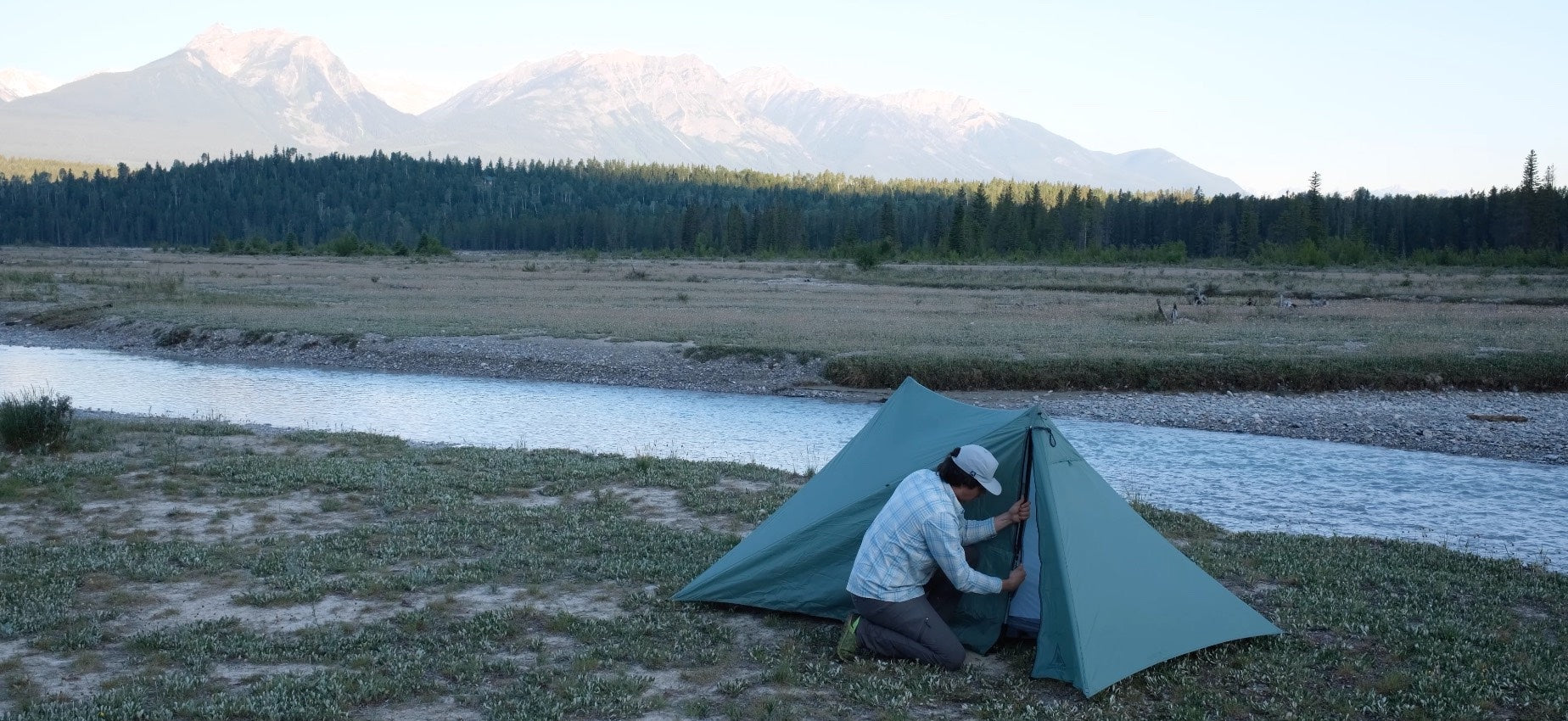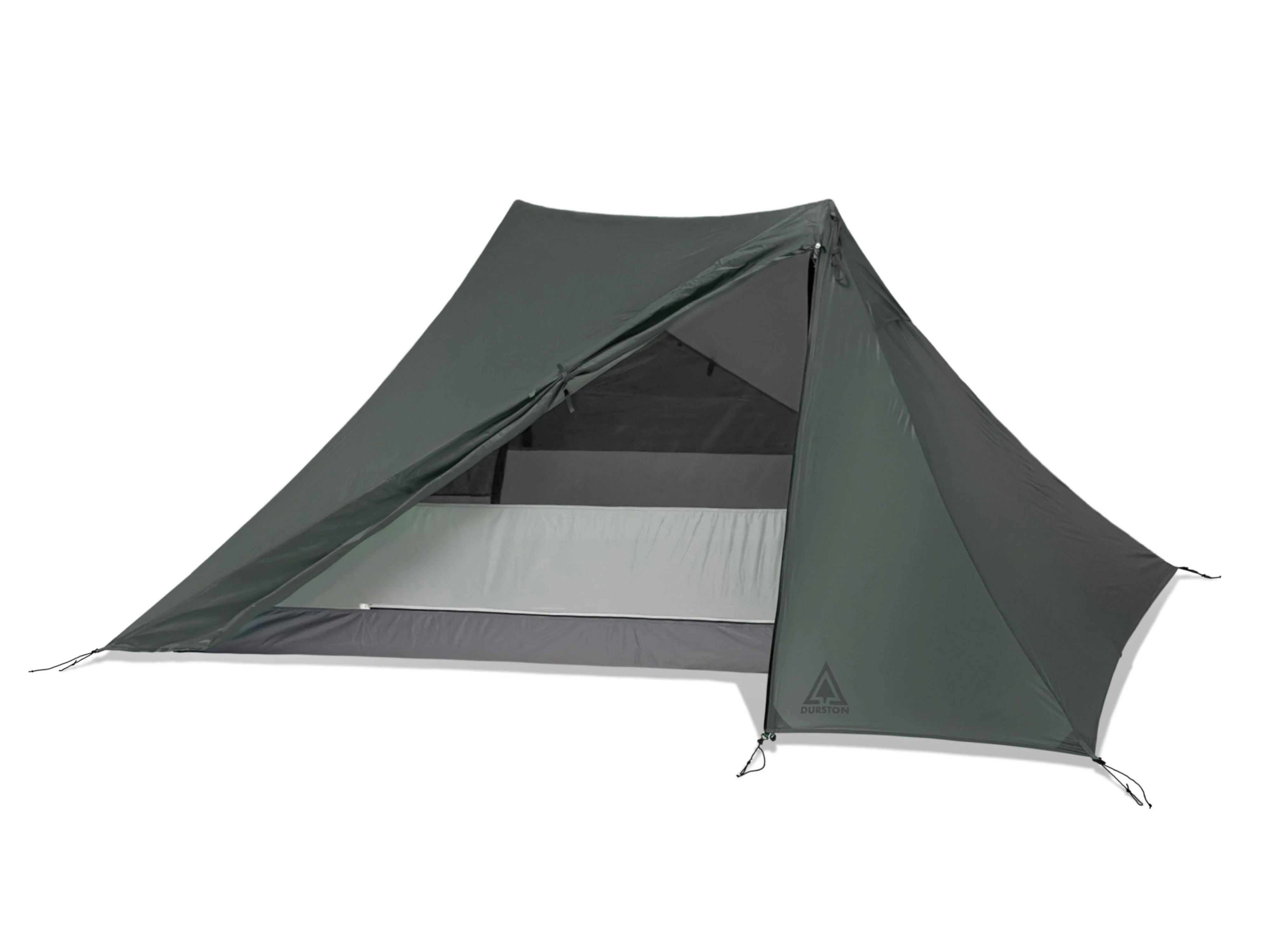
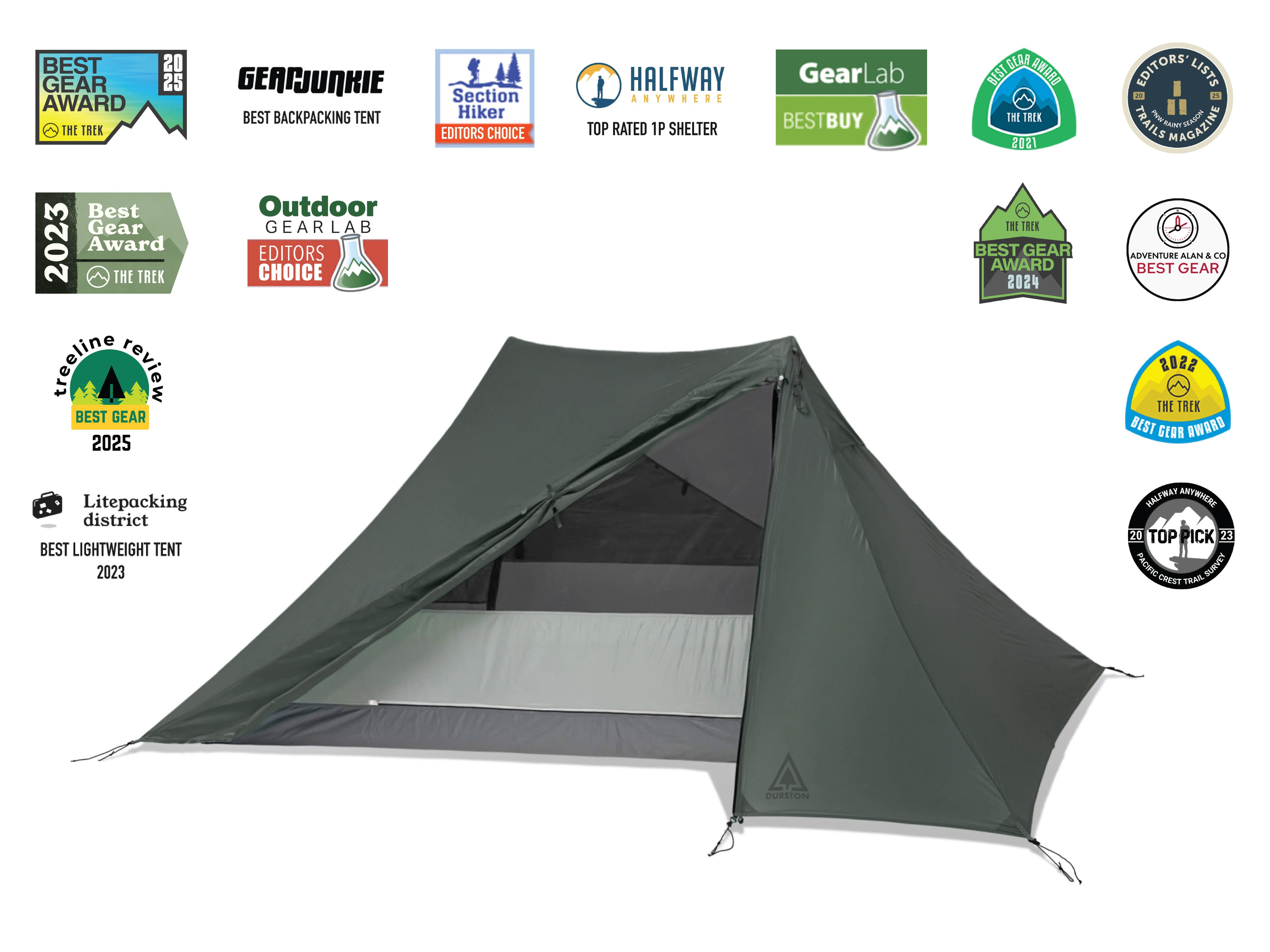
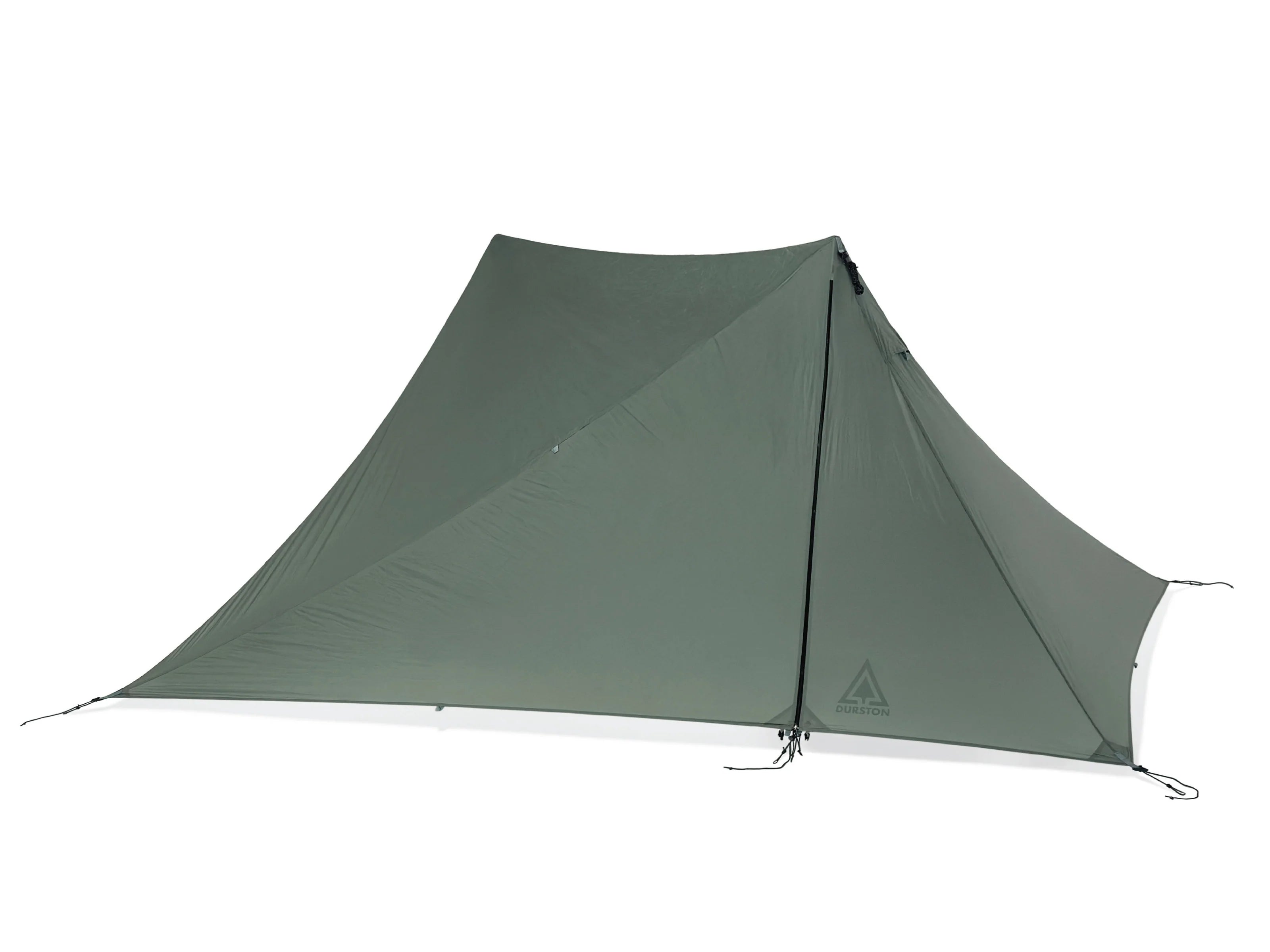

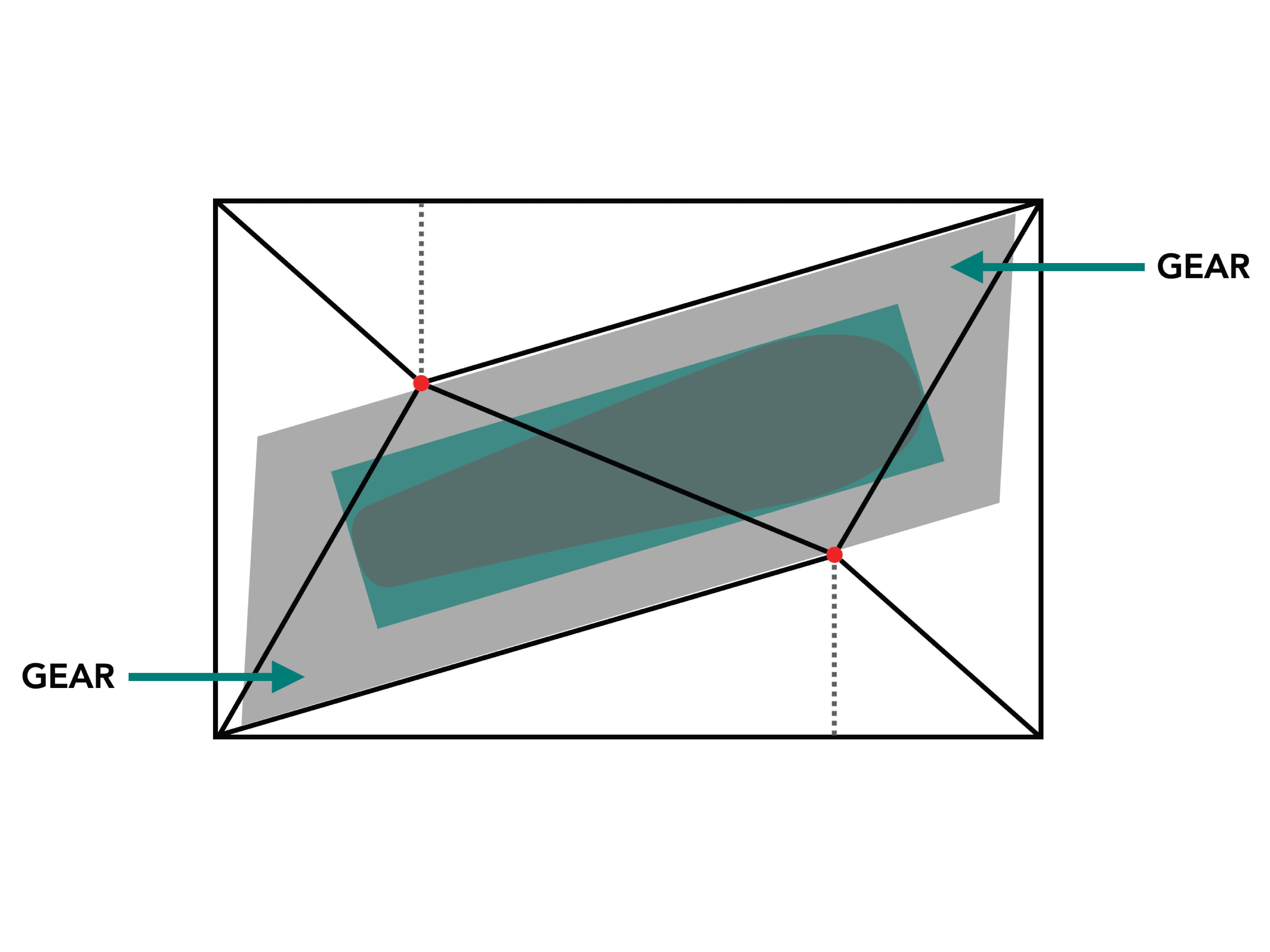


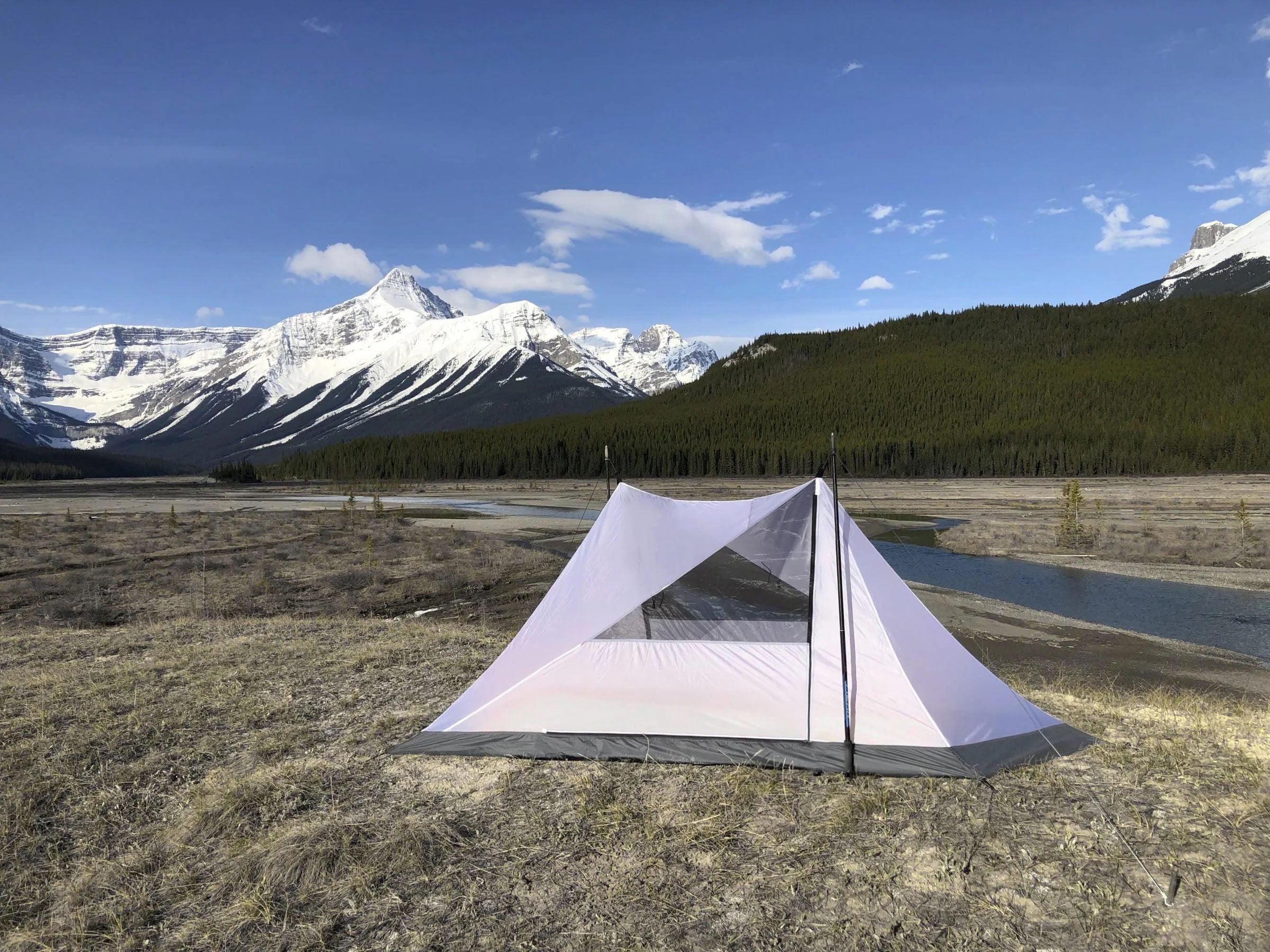
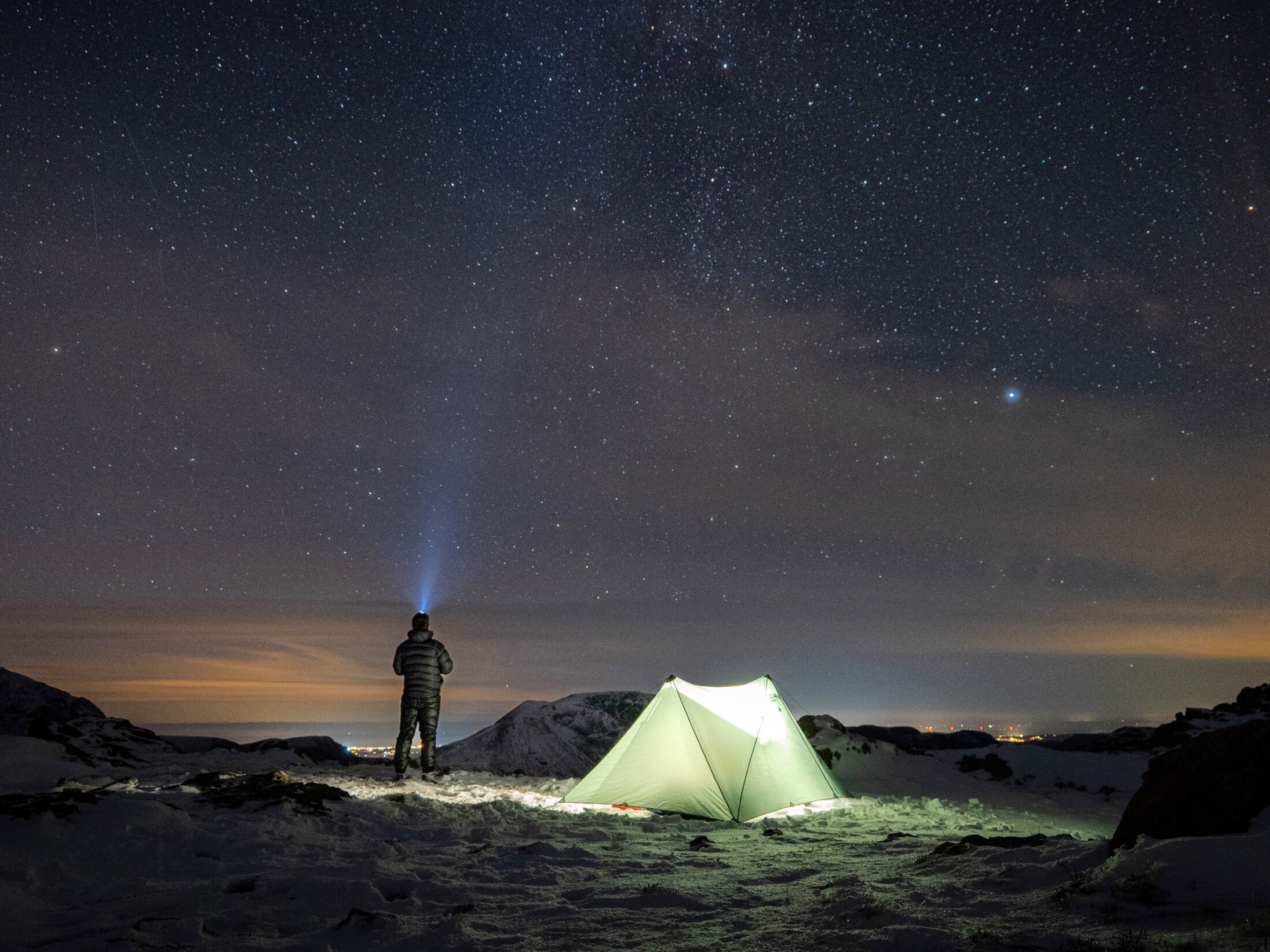
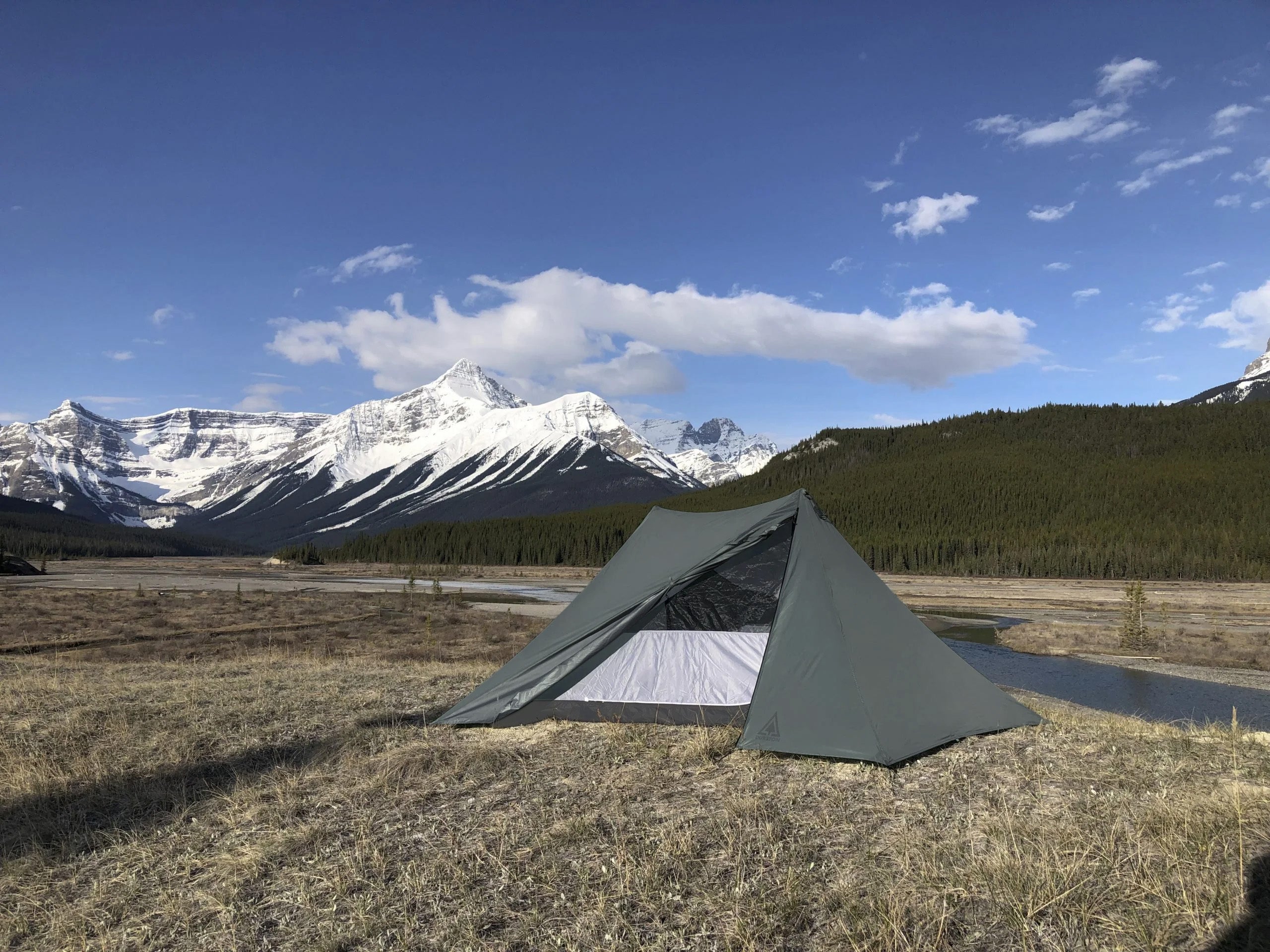
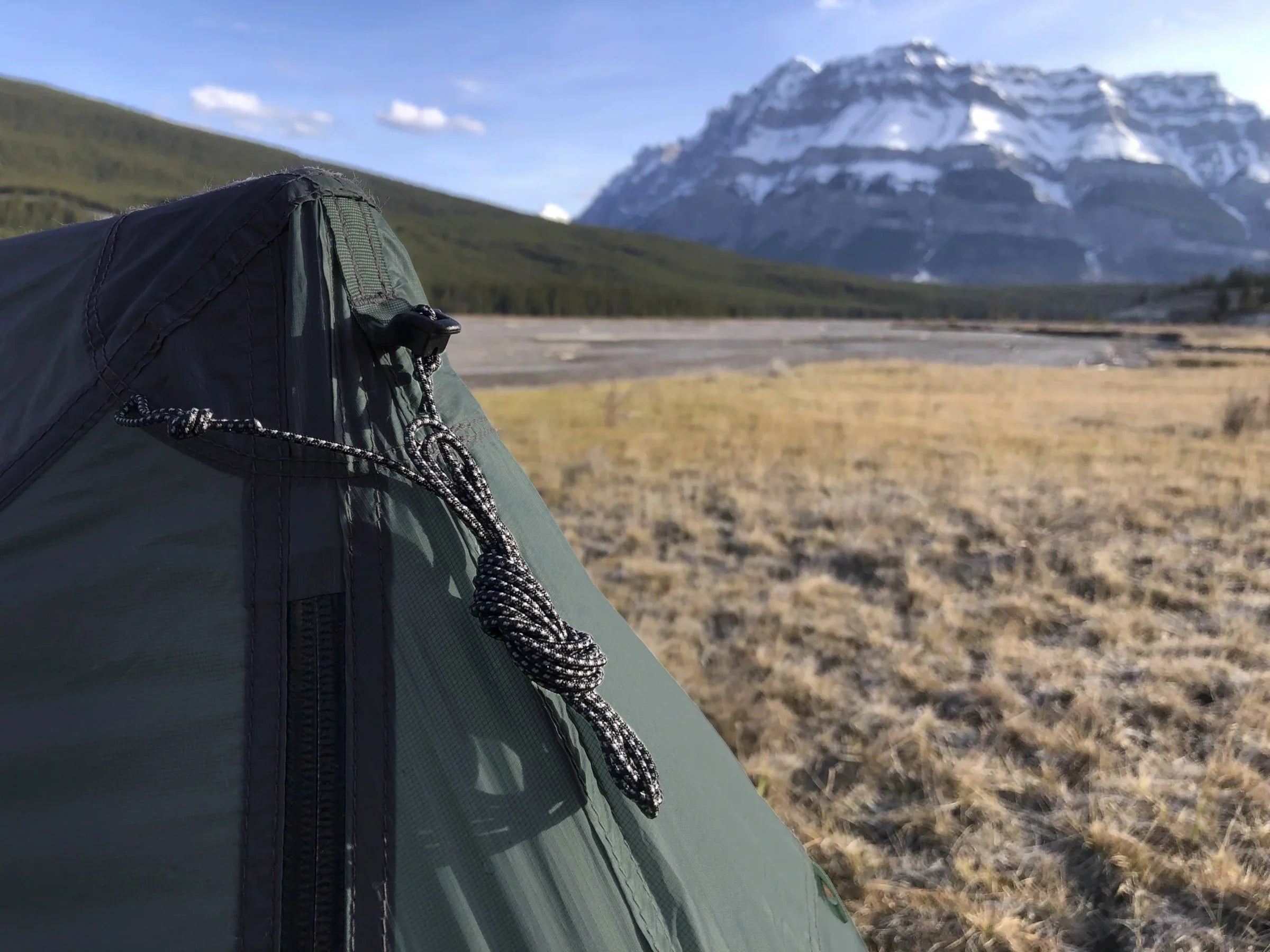
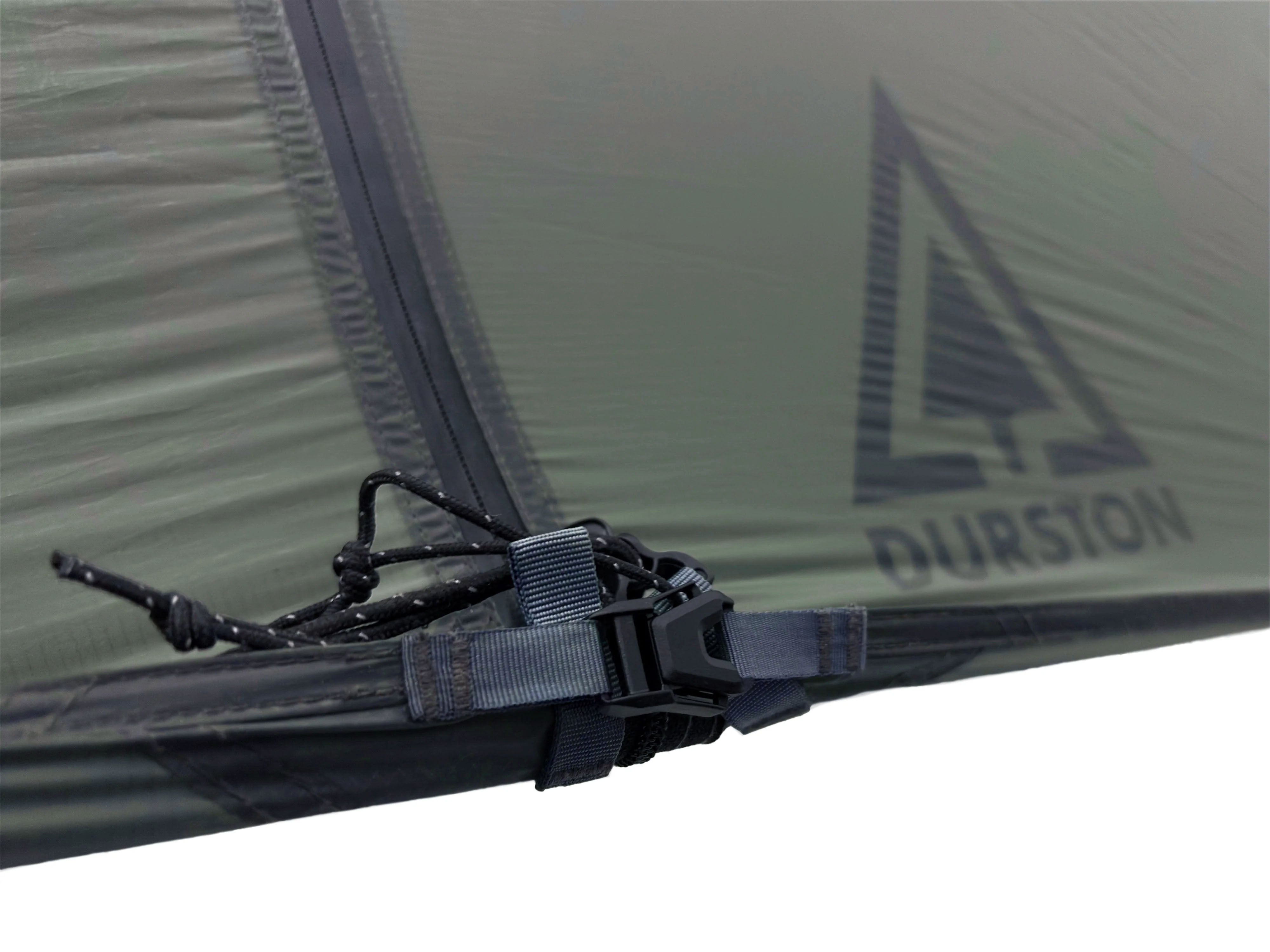
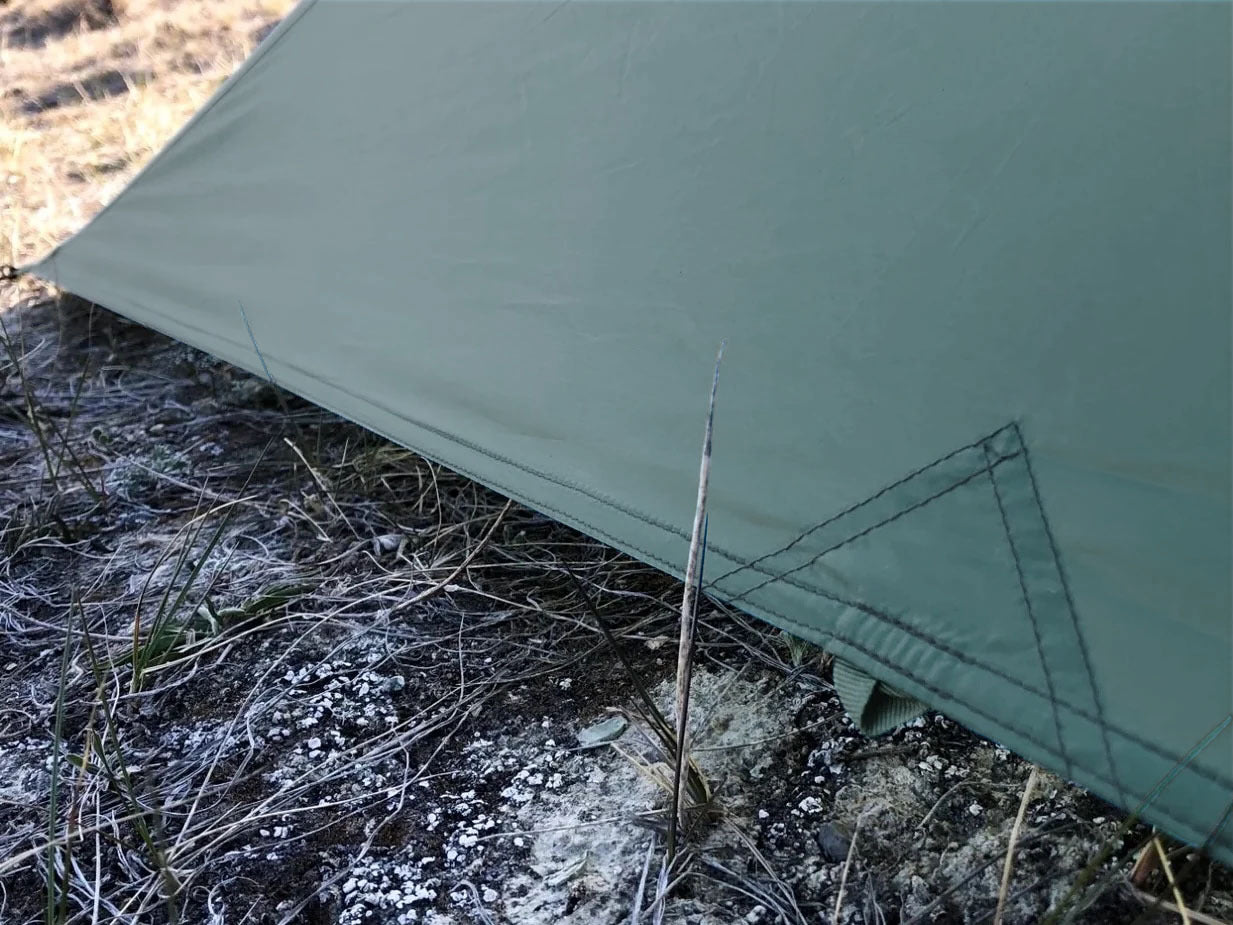
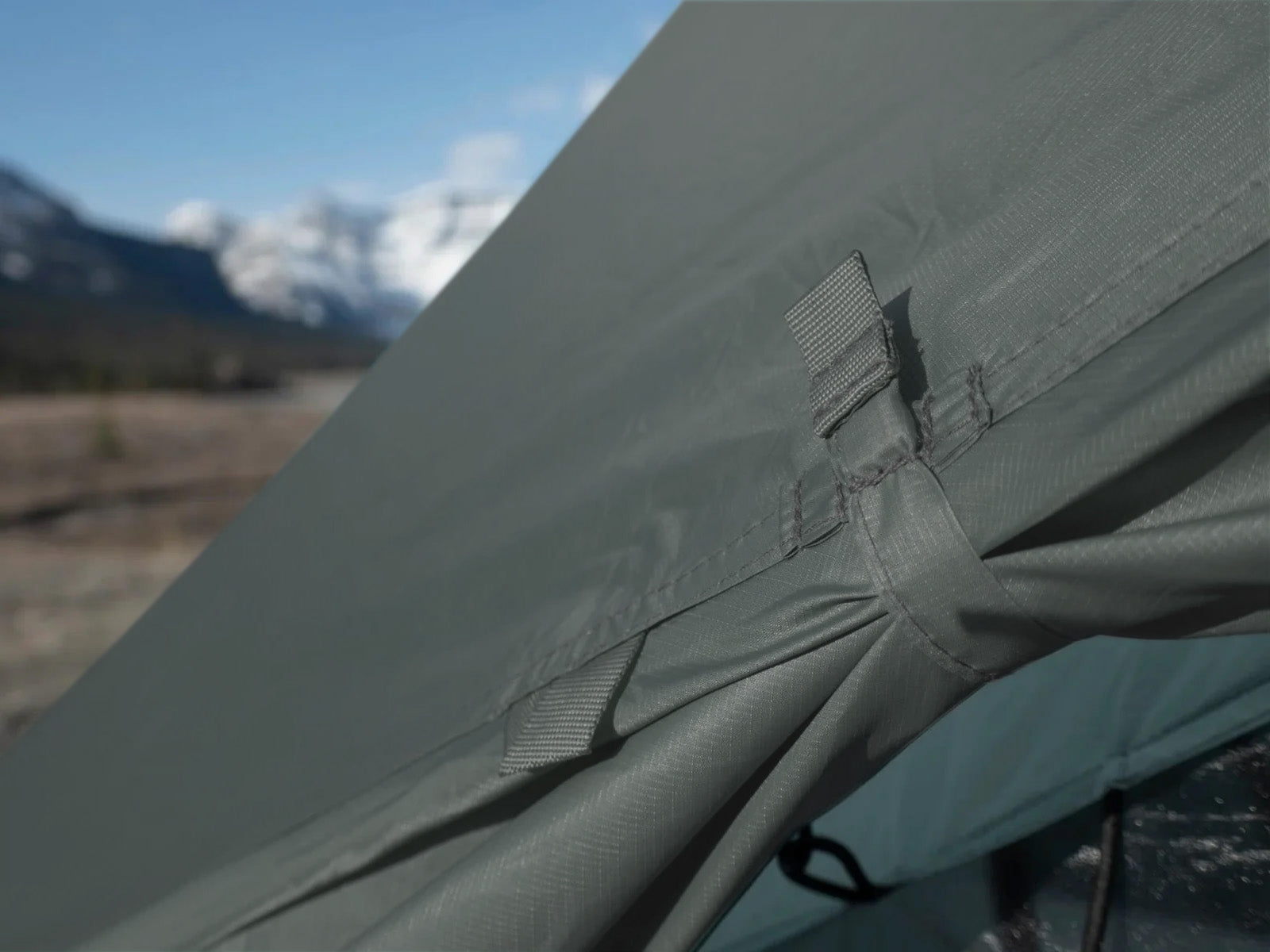

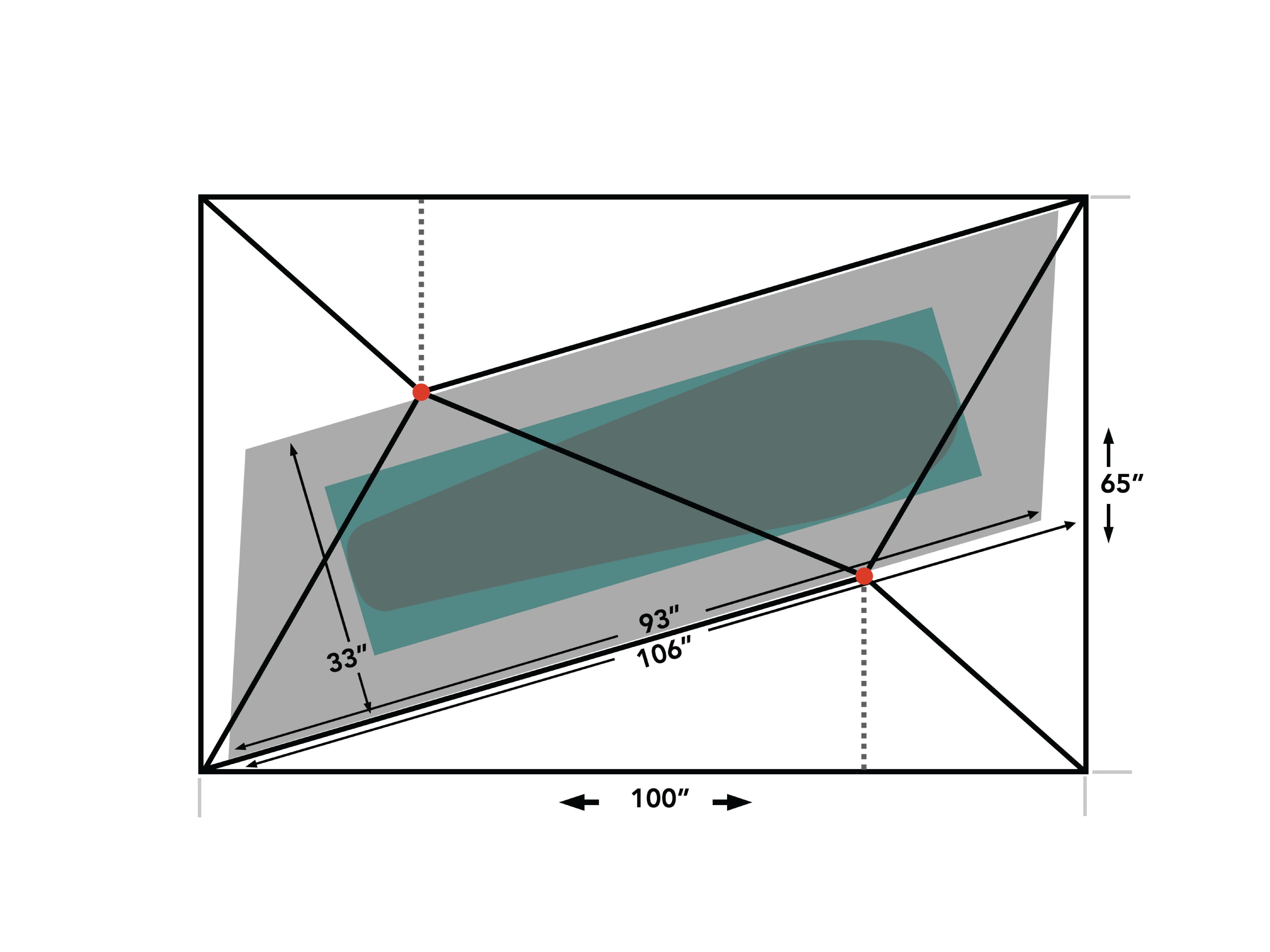
X-Mid 1 Solid

The X-Mid 1 Solid has been completely redesigned into a third generation model that is more spacious and user friendly. Full details on the third generation improvements are here.
Pinnacle of Lightweight Tent Design
The X-Mid 1 Solid is a variant of the X-Mid 1 oriented more towards use in colder conditions including winter use and trekking in windswept areas like Northern Europe and Patagonia, while still being an excellent all around backpacking tent. Like the regular X-Mid 1, its shape is developed from the first principles of geometry to create the ideal balance of weight, simplicity, and weather protection. With a weight of just 31 oz (890 g) while being stormworthy, user friendly, and spacious, it won numerous awards for best tent including from The Trek, Outdoor Gear Lab, and Section Hiker.
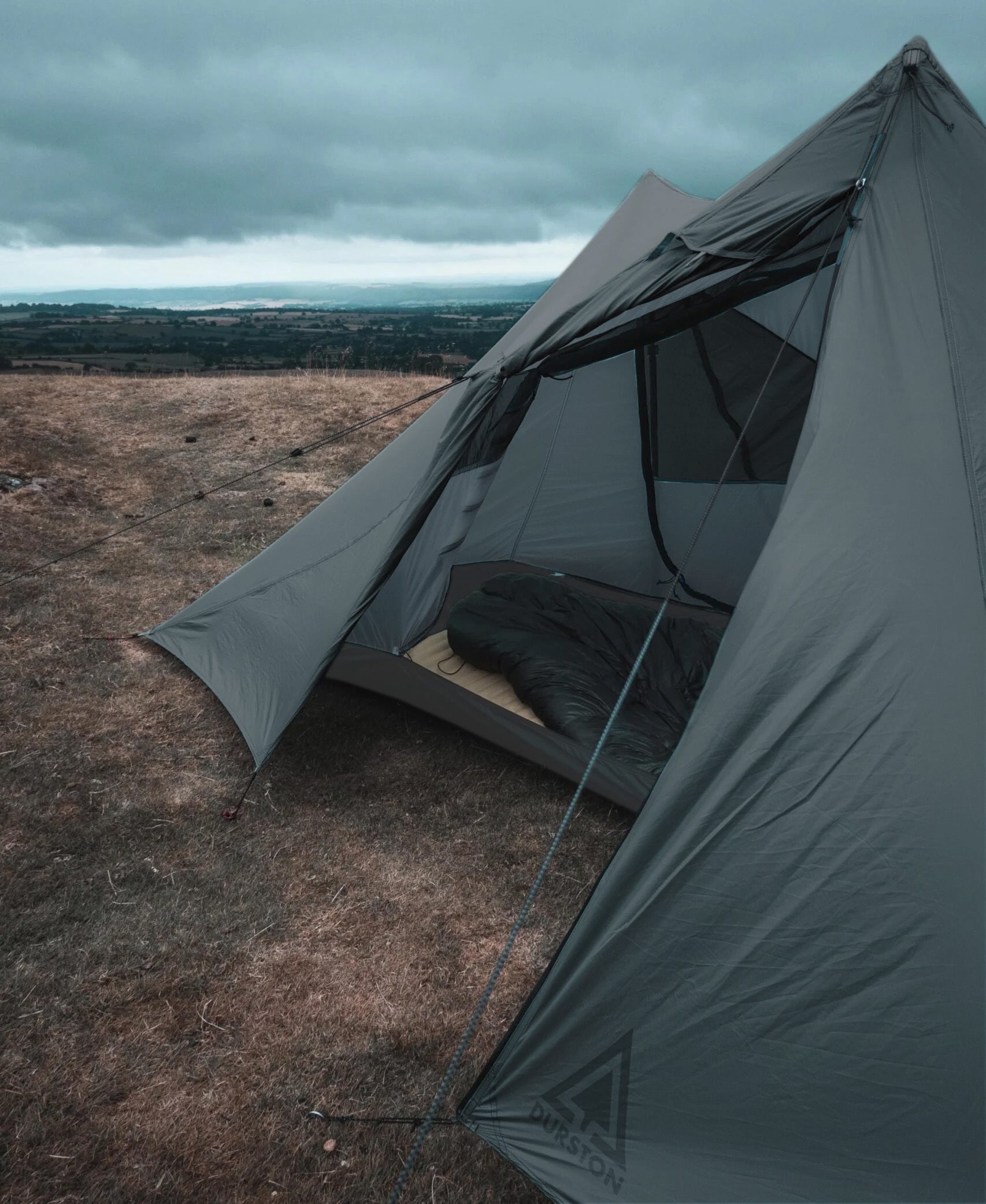
STORMWORTHY
Many ultralight tents are designed for fair weather conditions and thus make major concessions in stormworthiness in pursuit of weight savings. That includes questionably thin fabrics, weak pole structures, thin coatings that are barely waterproof, and trimming away vents, guyout points, and even areas of the fly.
With the X-Mid the focus is on creating a tent that is ultralight while still thriving in tough conditions. To create a tent that is both light and capable, we focus on saving weight through efficient design with our X-Mid geometry that makes more efficient use of fabrics and structural elements.
The result is a tent that protects with its fly first pitch, full doublewall design, non-sag poly fabric, robust coatings, large adjustable vents, factory waterproofed seams, full-coverage fly (blocks rain splatter and drafts), stormworthy shape, tough #5 zippers, and protected entryways. No other tent can claim that list.
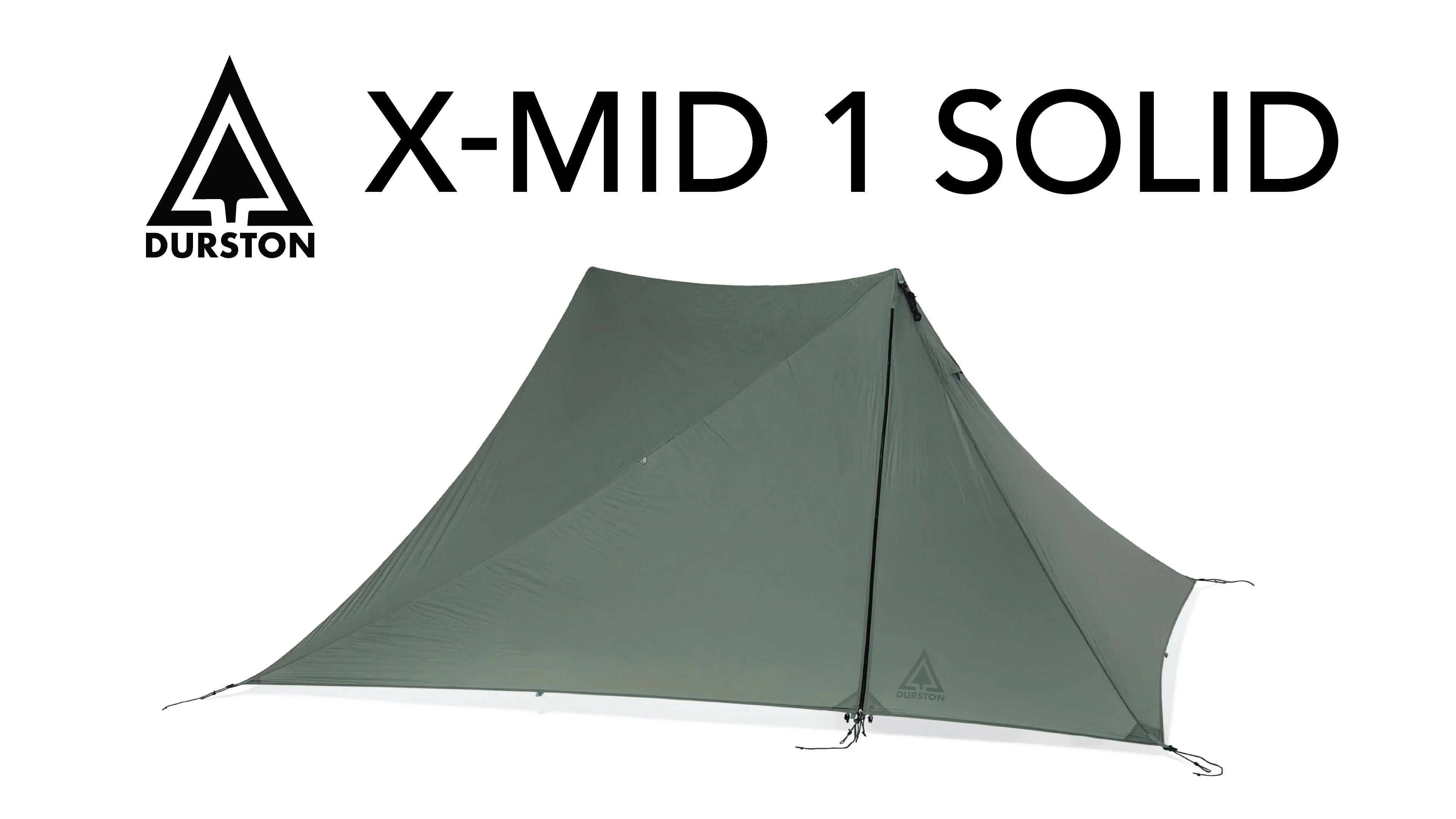

USER FRIENDLY
Simplicity and user friendliness are a major focus for the X-Mid because when a storm rolls in the last thing you want is a tent that is a hassle to use. The X-Mid improves your experience with a design that is rooted in simplicity and refined through extensive backcountry use and obsessive attention to detail.
The ease of use starts with the X-Mid's ultra simple 4 stake pitch that has no mandatory guylines, no odd angles to estimate, and no need to measure anything. With a bit of practice, it can be pitched in under a minute with just 4 required stakes and 2 poles that are extended without measuring.
Once pitched, the ease of use continues with large doorways that aren’t blocked by poles, vestibules that are large and put the main area beside the door instead of blocking it, magnetic door toggles that are quick to operate, intuitive pockets, and one handed operating zippers with dual sliders on the fly doors.
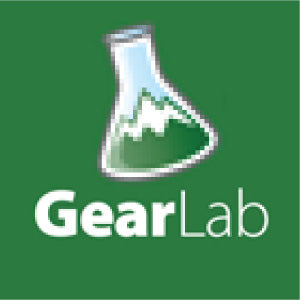
Outdoor Gear Lab
Best Ultralight Tent
"Without a question, the X-Mid 1 is the best lightweight tent. It's hard for us to believe such an easy-to-set-up tent can be so delightful to spend camp time in and almost invincible to storms."

Section Hiker
Editors Choice
"The X-Mid 1 is my favorite tent...it is a great shelter if you want a trekking pole tent that is affordable, spacious, stormworthy, and packs up small."
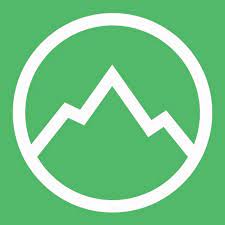
The Trek
We Love This Tent
"A laundry list of well-thought-out details makes this tent exceptional in rough weather....it is our all around best thru-hiking tent of 2023."

Paul Messner (YouTuber)
Best Tent
"A brilliant tent.....there's been a lot of hype around this tent and I think it's justified. It does everything really really well....the X-Mid ticks more boxes than any other."

Backpacking Light
Cottage Gear Innovation Award
"With a new type of design...the Durston X-Mid 1P offers light weight, livable space, ease of pitch, and storm resistance that we've never seen before"
Gear Junkie
A Modern Marvel of a Tent
"An all-season tent that can weather whatever nature throws at it...to say I am impressed would be an understatement."
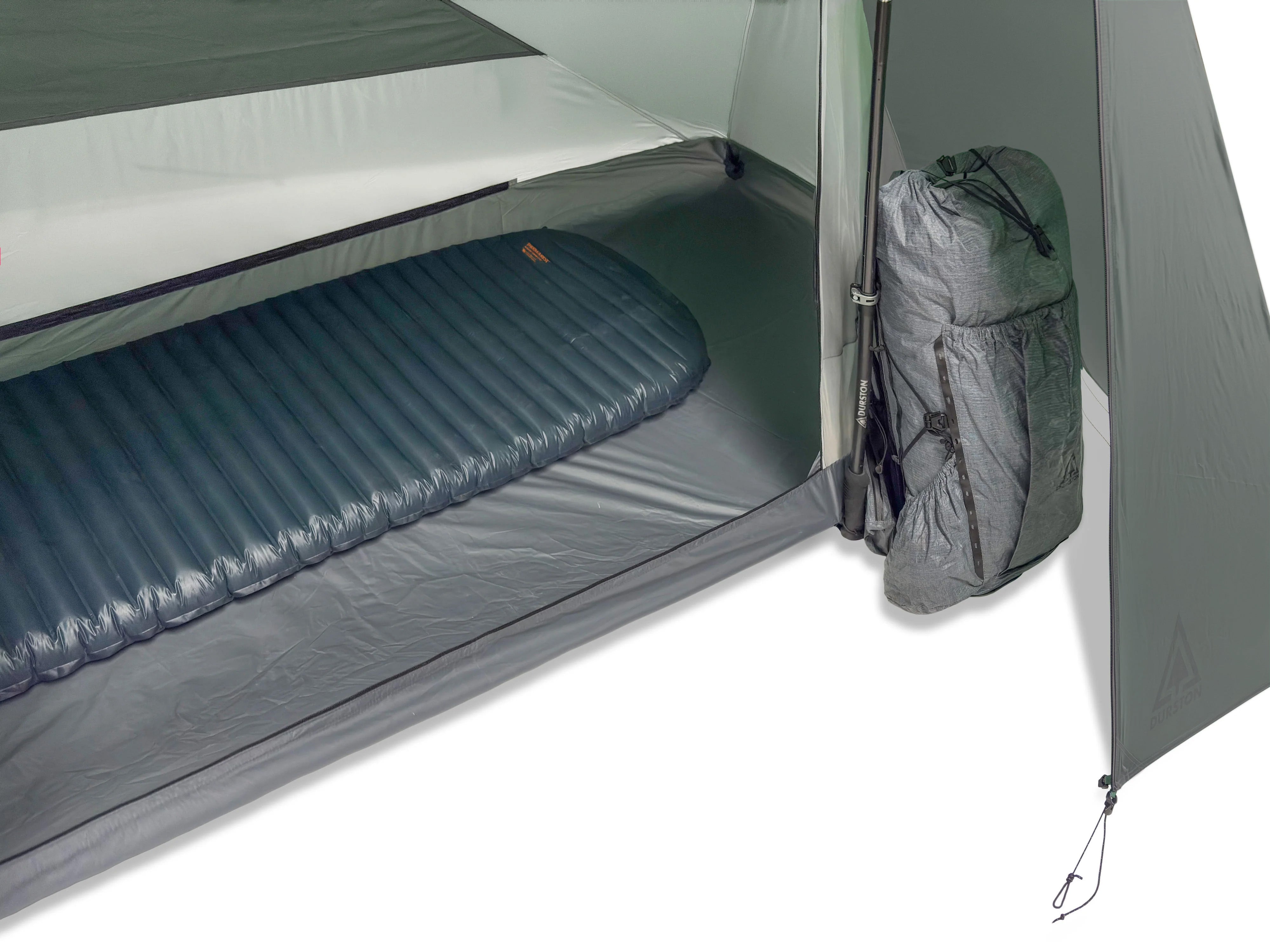
SPACIOUS
The X-Mid geometry is the most space efficient use of two poles possible. It does this using a diagonal ridgeline and opposite diagonal floor so the two poles can be positioned further apart for increased headroom and volume.
The result is a nicely sized 1P tent with ample headroom throughout the length of the tent so you can sit up anywhere and easily move from laying down to sitting up without hitting the walls.
We recommend the X-Mid 1 Solid for hikers up to 6'4" (193 cm) thanks to the generous 93" (2.36 m) length combined with steep end walls that increases the useable length. The floor width is a comfortable 33" (84 cm) that fits all pads with room to spare, while the dual vestibules are generously sized and will easily fit the largest pack beside the doorway.
QUALITY
Our focus on creating a highly functional and stormworthy tent means we also focus on quality. It's imperative that you can trust the build of your tent when you're headed into uncertain conditions.
To achieve this, the X-Mid 1 Solid is crafted the most experienced tent factory in the world who have built nothing but tents for over 60 years. There our tents are assembled using premium components, double stitching, double folded edges, and generous bartacking.
We’re not aware of any other trekking pole tent that uses double stitching to the extent that we do. While this premium quality gives the X-Mid a higher cost of production than comparable tents, we price it affordably because we sell it to you directly with only a modest markup.


Magnetic Toggles
Magnetic door toggles with pull tabs provide easy one handed-operation.
Large Doorways
Unlike most trekking pole tents, the doorways are large and not blocked by trekking poles. They also have a protected design to keep rain out even when open, and can be propped open with a stick or pole to create a 'porch'.
Full Coverage Fly
The fly extends low to the ground to block drafts and rain splatter, yet can be raised higher for more ventilation. Other tents cut away the bottom of the fly to save weight but it leaves you more exposed.
Stormworthy Shape
The X-Mid provides the ideal shape with consistent and moderate panel slopes. All the panels are an ideal 50 - 55 degrees which balance wind and snow shedding to provide excellent all around performance. Most tents are less consistent with a mix of shallower panels (worse for snow shedding) and steeper panels (worse for wind performance).
Spacious
The X-Mid's offset poles provides a longer diagonal ridgeline that extends the headroom over more of the tent. There is ample clearance to transition from laying down to sitting up without hitting the tent, and room to sit up anywhere in the tent.
PATENTED GEOMETRY
The X-Mid shape has been developed from the first principles of geometry to be as weight efficient, simple, and functional as possible.
The X-Mid manages to avoid all the common pitfalls of trekking pole shelters such as a complicated pitch, mandatory guylines, poles blocking the doorways, and a lack of interior volume.
Read the story about how the X-Mid geometry was developed:

As an incredibly stormworthy, spacious, and user friendly shelter, the X-Mid 1 Solid is the ideal lightweight tent for everything from walks in the UK's Hill District to a crossing of Sweden’s wind-swept Sarek National Park.




